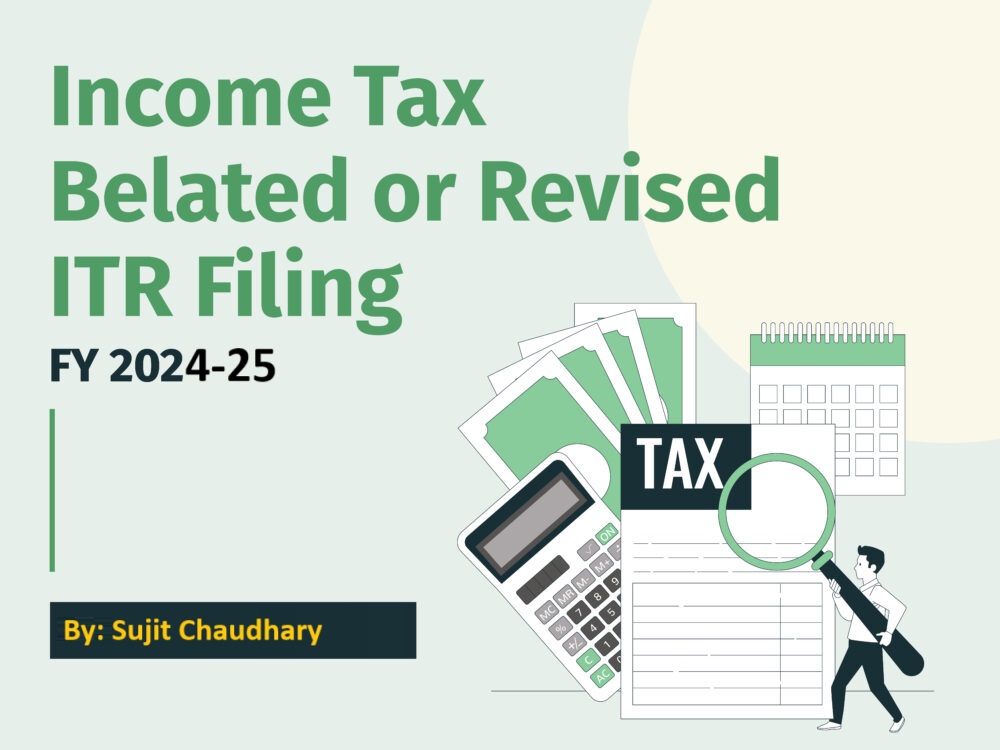Income tax is a fundamental part of personal finance and government revenue systems. This article covers the definition of income tax, who imposes it, tax slab details in India, and strategies to save taxes, with examples for clarity.
What is Income Tax?
Income tax is a direct tax levied by the government on an individual’s or entity’s earnings during a financial year. It is a mandatory contribution to the government, used for infrastructure, public services, and development programs.
Income can include:
Salary or wages
Business or professional income
Rental income
Capital gains
Other sources like dividends and interest
Who Imposes Income Tax?
In India, income tax is governed and collected by the Central Government through the Income Tax Department under the Income Tax Act, 1961.
Tax Slab Rates in India for FY 2024-25 (AY 2025-26)
Income tax in India follows a progressive structure, where higher incomes attract higher tax rates. Below are the tax slab details under both the new regime and old regime:
New Regime Tax Slabs
Old Regime Tax Slabs
Example:
Income: ₹8,00,000
Under New Regime:
₹3,00,000 (Nil) + ₹3,00,000 (5%) + ₹2,00,000 (10%) = ₹35,000 tax
Under Old Regime (after deductions):
₹2,50,000 (Nil) + ₹2,50,000 (5%) + ₹3,00,000 (20%) = ₹40,000 tax
How to Save Tax in India
Saving tax legally is possible by utilizing deductions, exemptions, and investments under various sections of the Income Tax Act:
- Use Deductions under Section 80C
You can claim up to ₹1,50,000 for investments in:
Public Provident Fund (PPF)
Equity Linked Savings Scheme (ELSS)
National Savings Certificate (NSC)
Life Insurance Premium
- Avail Benefits of Section 80D
Claim deductions on health insurance premiums:
Up to ₹25,000 for self and family
Additional ₹50,000 for parents (if senior citizens)
- Claim HRA (House Rent Allowance)
If you live in a rented house, you can claim HRA deductions.
- Use Section 80E for Education Loans
Interest paid on education loans can be claimed as a deduction.
- Opt for the New or Old Tax Regime
Choose the tax regime based on your financial planning and eligible deductions.
Example of Tax Savings:
Income: ₹9,00,000
Deductions (80C, 80D): ₹1,75,000
Taxable Income (Old Regime): ₹7,25,000
Tax calculated: ₹2,50,000 (Nil) + ₹2,50,000 (5%) + ₹2,25,000 (20%) = ₹32,500
Conclusion
Understanding income tax and how it works can help you manage your finances better. By staying informed about the tax slabs and leveraging available deductions and exemptions, you can optimize your tax liability effectively. Always consult a tax professional for personalized advice.
Let me know if you want me to create an image representing the key points visually!




Pingback: File your Income tax return for FY2024-25 - Tax Concept
Pingback: Government Employees May face penalties high-value transactions.
Pingback: Income tax relief: Save your taxes - Tax Concept